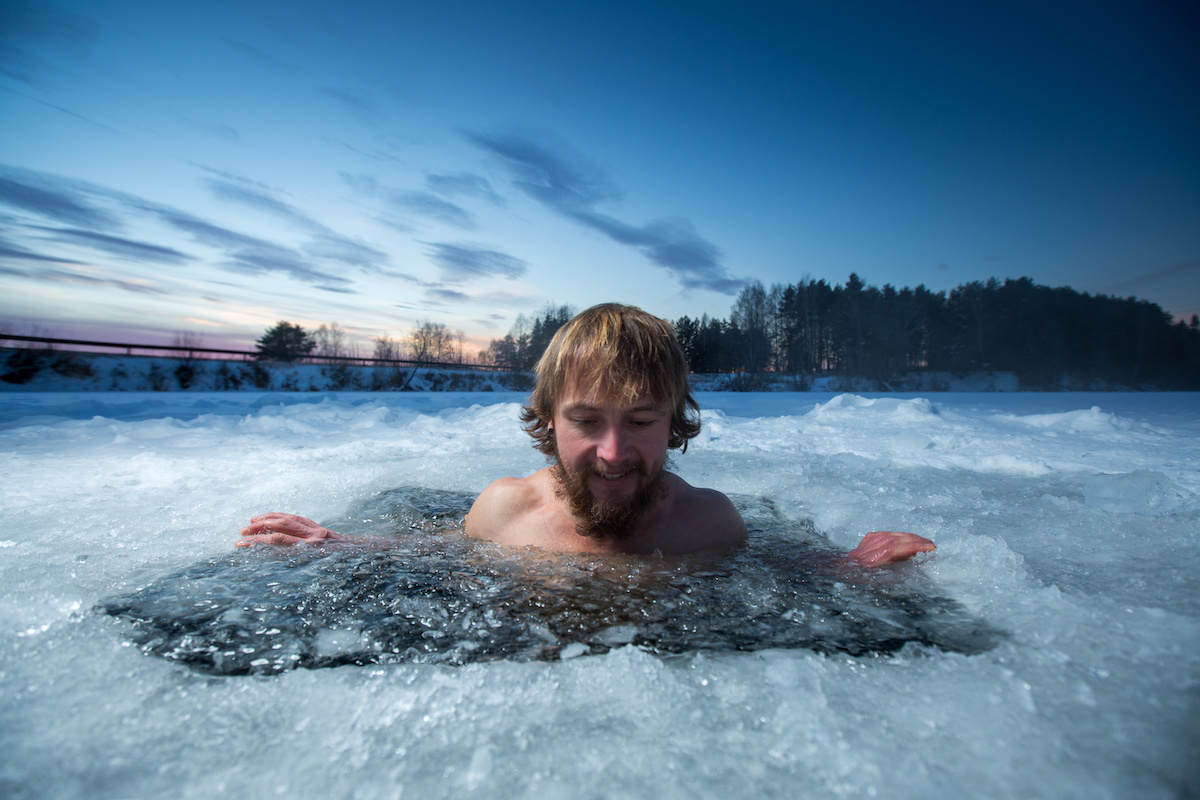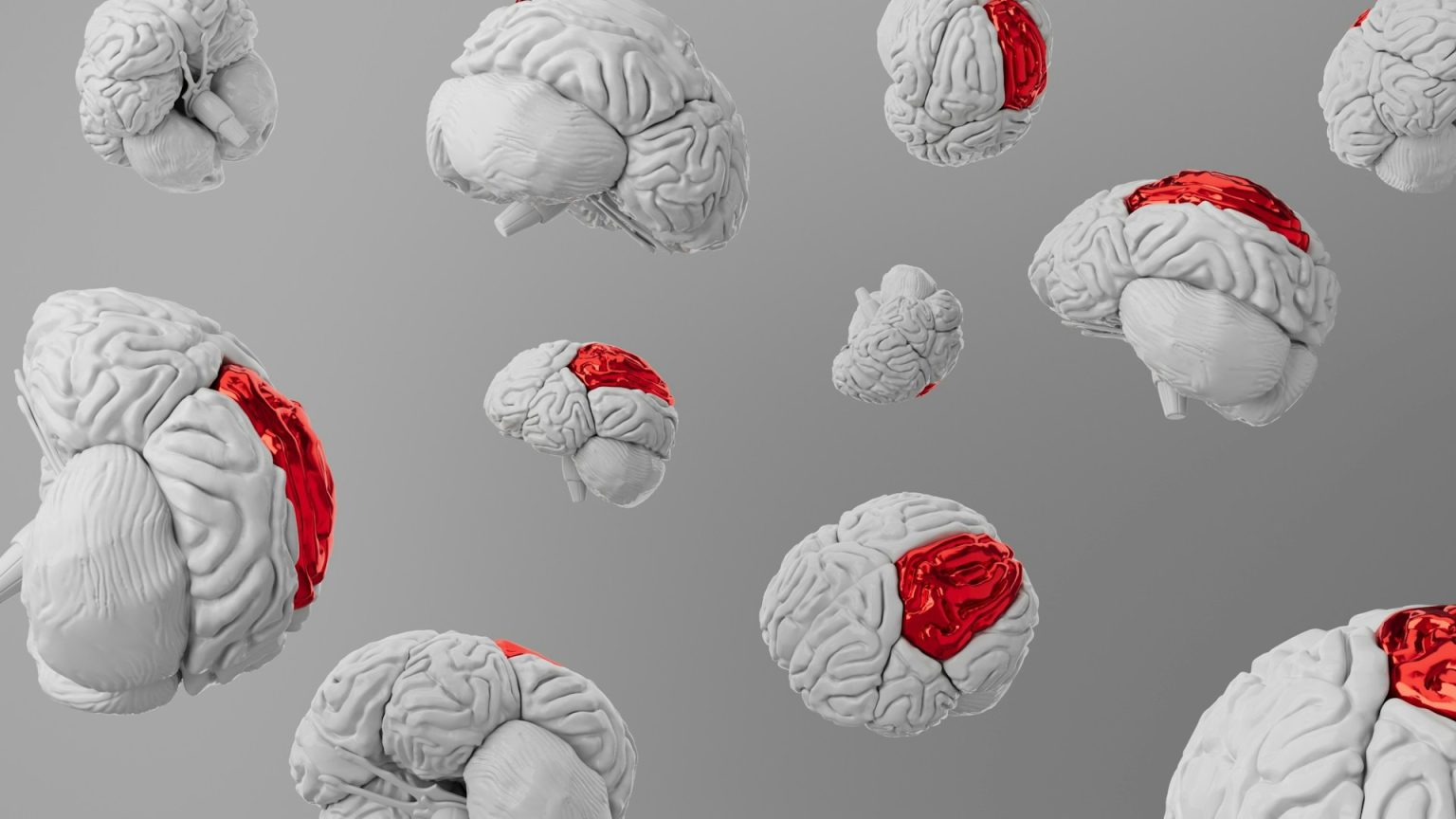Why are some people more curious than others?

- Each person has various emotional systems that reward good behavior and punish bad with a variety of different hormones.
- One system, the seeking system, rewards behaviors that are bold, risky, and curious. They offer dopamine every time we satisfy an adventure
- The more we use this system, the better and stronger it gets, and this has significant implications for how we raise our children and how we treat different sexes.
All great adventures start with curiosity. The fairy tales and stories we love often begin with someone giving into some questioning voice or the need to know more. Sleeping Beauty has a princess exploring a castle just to see what’s inside. Jack climbs his beanstalk because he wants to know what’s at the top. Bluebeard’s wife is allowed in any room but one, and so that becomes the one she craves the most. And, of course, the God of Genesis tells the first man that he must not eat from that tree.
Curiosity may be the driving force of all science and experiment, spurring us to explore the moon and venture to the highest mountains and deepest oceans. But it’s also our biggest downfall. It’s the voice that says “push the button” or “lick that frozen pole.” It’s what burnt Icarus’ waxen wings.
When it comes to curiosity, we are not born equal. Some people can’t help but question, probe, or investigate. Others are quite happy with what they have and what they see. So why isn’t curiosity distributed evenly among people?
The seeking system
Our brain rewards us for good behavior. When we satisfy our appetite, have sex, or wrap up warmly in front of a fire, our brain says to us “yes, well done on looking after the body — have some endorphins.” In 1998, the neuroscientist Jaak Panksepp named this system the “seeking system,” which made up one of seven basic emotional functions of the brain (alongside other functions like fear, panic, and play). The seeking system is the thing that encourages us to explore, forage, and go beyond our comfort zone.
It is a goal-orientated system, which sets a target and has various reward mechanisms set up for the satisfaction of that goal. It is a millennia-old evolutionary mechanism that pushes humans to be adventurous, bold, and risk seeking. Without the seeking system, we’d just sit in our den, content with whatever meagre lot we have.
On a neuroscientific level, the reward mechanism behind this system is known as the mesolimbic pathway. When you sate some desire or curiosity, a part of your brain called the ventral tegmental area (VTA), located at the center of the brain, creates dopamine. This hormone is then projected along a pathway to the orbitofrontal cortex, which is near the front of your brain. This is what gives us that “ooh yeah!” feeling we all know.
Curiosity training
Every part of our brain gets quicker and more efficient with greater use. The more we do a task or certain behavior, it carves out, reinforces, or strengthens various neural pathways. Most of us hardly ever pause to think about reading, driving, or walking, and that’s because the neural pathways for these behaviors have been fossilized by regular use.
So, too, with curiosity. As a child grows up, their biology will naturally reward them in doing certain risk-seeking behaviors. It gives a dopamine prize to the curious and adventurous. Anyone who’s had or known a teenager will know how frustrating the constant boundary-pushing and experimentation can be. But this is literally what they’re wired to do — it’s what allows us to forage for food, to find new and greater pastures, and to progress as a species.
The success that an adolescent will have in satisfying their curiosity, or how far they are allowed to indulge it, will determine how efficient those curiosity pathways are in later life. If a child is given new environments to explore, the room to play and experiment, and the freedom to ask questions and investigate, then they will do so more later in life, as well.
Of course, the nature-versus-nurture debate will not go away overnight. Genetics and from-birth brain composition will still be a factor for many. But the more a reward pathway is used in risk-seeking or curiosity, the more it will be used again.
Curiously different
And nowhere is the nature-versus-nurture debate more febrile than in considering the differences between the sexes. There is research suggesting that women are more risk-averse when it comes to financial investments and that men are more than twice as likely to ask questions at academic conferences. Men’s capacity for reckless behavior is pretty well documented. Men are 10 times more likely to die swimming in the sea, and research from the University of Stockholm found men are much more likely to gamble all their money on one question in Jeopardy!
But the question is whether this is some kind of “innate hunter-gatherer” kind of masculine wiring, where men are perceived as needing to be more risk-seeking and curious to help feed, protect, and care for “the pack,” or whether it’s an environmental factor.
Are men and women encouraged to explore and adventure in the same way? Are the reward pathways strengthened with the same attention and diligence? Are women allowed to be as curious as men? It’s a curious question.
Jonny Thomson teaches philosophy in Oxford. He runs a popular Instagram account called Mini Philosophy (@philosophyminis). His first book is Mini Philosophy: A Small Book of Big Ideas.





